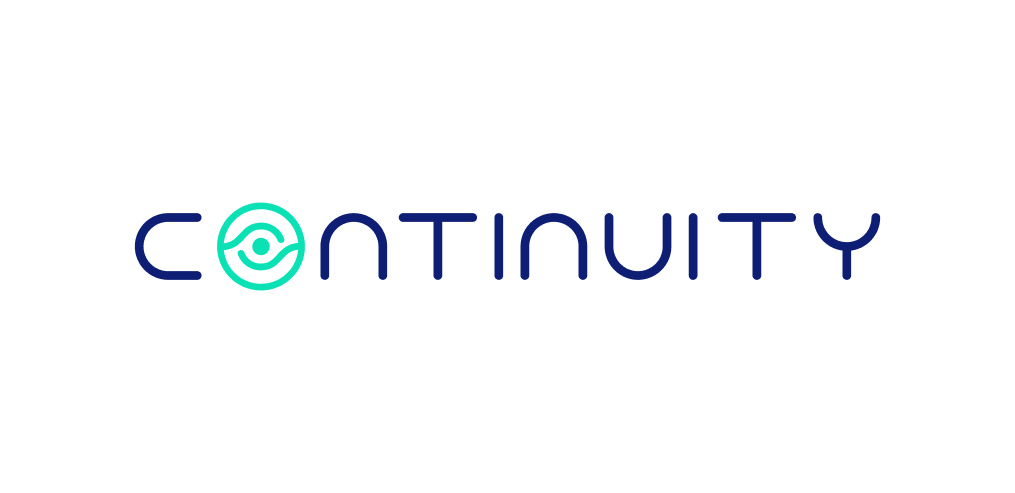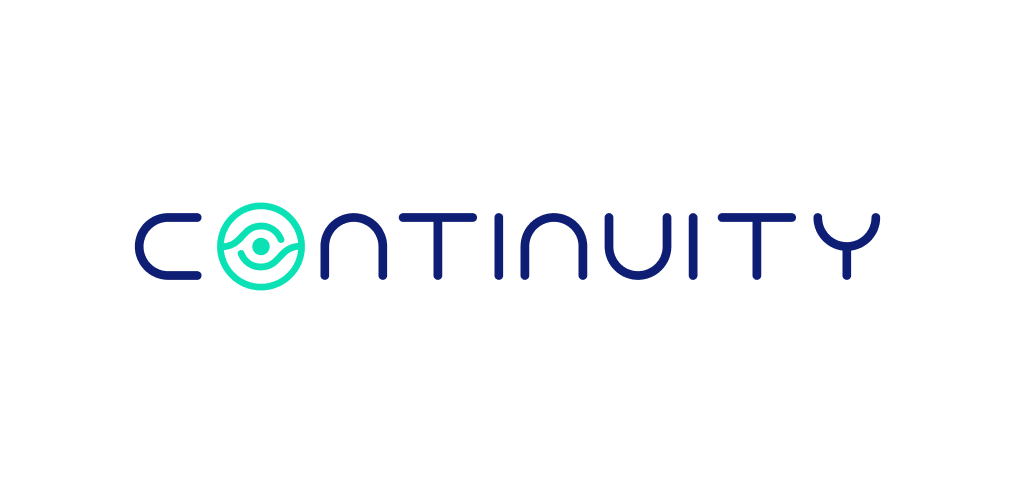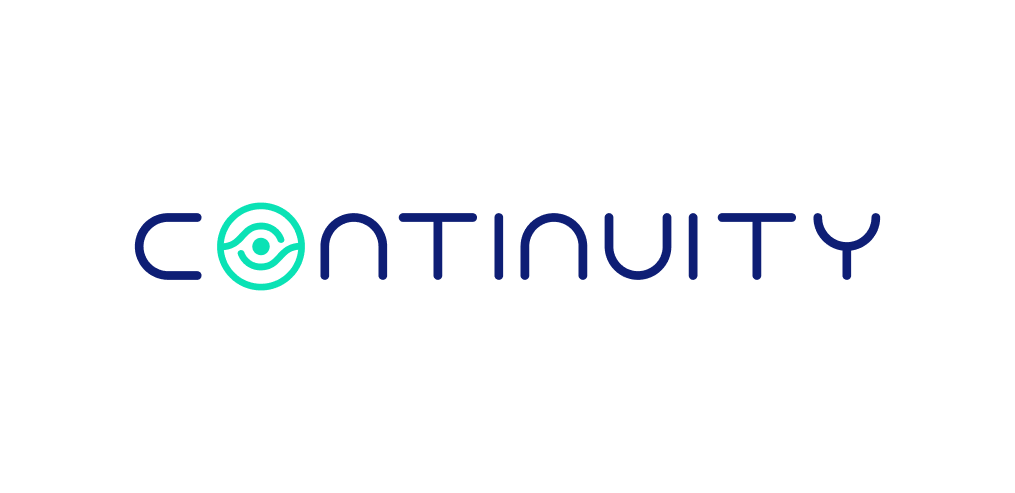
IT Operations Turn to Predictive Analytics
About Continuity™
StorageGuard - by Continuity™ - is the ONLY Security Posture Management solution for Storage & Backups, helping to ensure these systems are securely configured, and compliant with industry & security standards.
The results of our latest survey are here! In case you don’t already know, during the past few weeks we have been collecting data from over 200 IT professionals from various industries around the world. We asked them about their key performance indicators and the tools they are using to measure and meet their goals. We have found some interesting facts which are shared in this post.
What Do IT Organizations Measure?
So what are the main key performance indicators (KPI) that IT organizations measure? Out of more than 200 IT professionals that were surveyed, Uptime has been cited as a major concern by an incredible 89%, followed by Performance, which was mentioned by 80% of the polled professionals. The survey also points out several other leading KPIs for IT operations excellence, such as Open Issues (48%), Average Time to Fix Problems (46%), Security Breaches (45%), and Data Loss (43%). The KPI that closes that list is Mean Time Between Failures, cited by 31% of respondents.
According to the survey, the top executives in the organization that are concerned with these KPIs are the Chief Information Officer (CIO) and the Head of IT infrastructure – 77% and 69% respectively.
How Closely Does IT Watch Leading KPIs?
The top two KPIs mentioned above are also the ones that are most frequently tracked. Just over half of the organizations (51%) track Uptime in real-time while 39% use real-time monitoring for Performance. Additional 19% and 26% respectively do it on a daily basis.
Naturally, we see that real-time tracking is lower for KPIs that are less important to the organization: Security Breaches (38%), Data Loss (15%), Number of Open Issues (14%), Average Time to Fix (6%) and Mean Time Between Failures (6%).
Do Organizations Meet Their KPI Goals?
In addition to being the most measured KPIs, Uptime and Performance are also cited as the most difficult KPIs to meet. Overall, we found that the majority of organizations do not meet their KPI goals on a regular basis. In fact, just 29% consistently meet or exceed their goals while 46% meet their goals most of the time and 13% meet only some of the goals.
But even more interesting is the affirmation that the frequency of tracking directly correlates to whether goals are met or not. Tracking configuration consistency in real-time or on a daily basis can actually increase success by at least 10%. According to the survey, 39% of all organizations that track at least 4 – 6 IT operations areas on a real-time basis will meet/exceed their organizational objectives. This represents an 11% improvement over those who track in real-time or daily only up to 3 IT operations areas and 15% better than the average. So we see that not only the frequency matters but also the number of IT domains that are tracked.
Staying Ahead of Issues
The survey found that on average, only 57% of critical IT issues are detected and addressed before they impact the business. These issues not only keep IT organizations from meeting their KPI goals, but can often cause critical downtime and data loss incidents. This clearly illustrates that there is plenty of room for improvement. Indeed, 78% of the IT executives surveyed believe the best way to improve IT operations excellence is to use better tools for measurement, analysis, and detection of issues.
As it stands, however, most companies haven’t yet implemented such analytics tools – just 32% of small companies attest to using ITOA, compared to 47% of larger organizations. At the same time, 76% of the executives who use IT Operations Analytics find that these solutions are helpful or extremely helpful in early detection of critical IT issues.
In conclusion, we see that frequent measurement and early detection tools can substantially help IT organizations meet more of their KPIs on a regular basis. We also see that a growing number of IT executives recognize this and turn to IT Operations Analytics solutions to drive operational excellence.
Talk To An Expert
It’s time to automate the secure configuration of your storage & backup systems.

